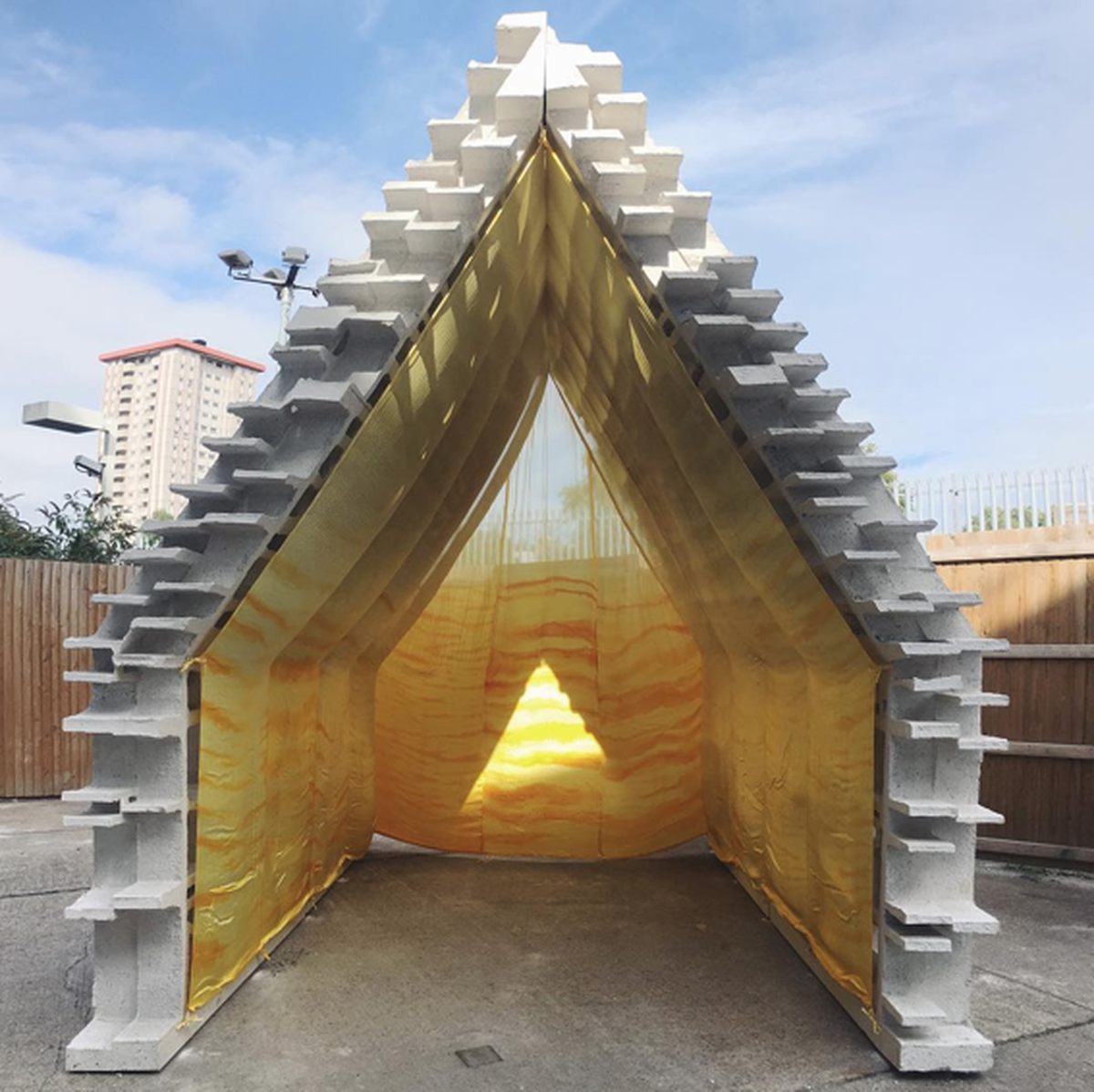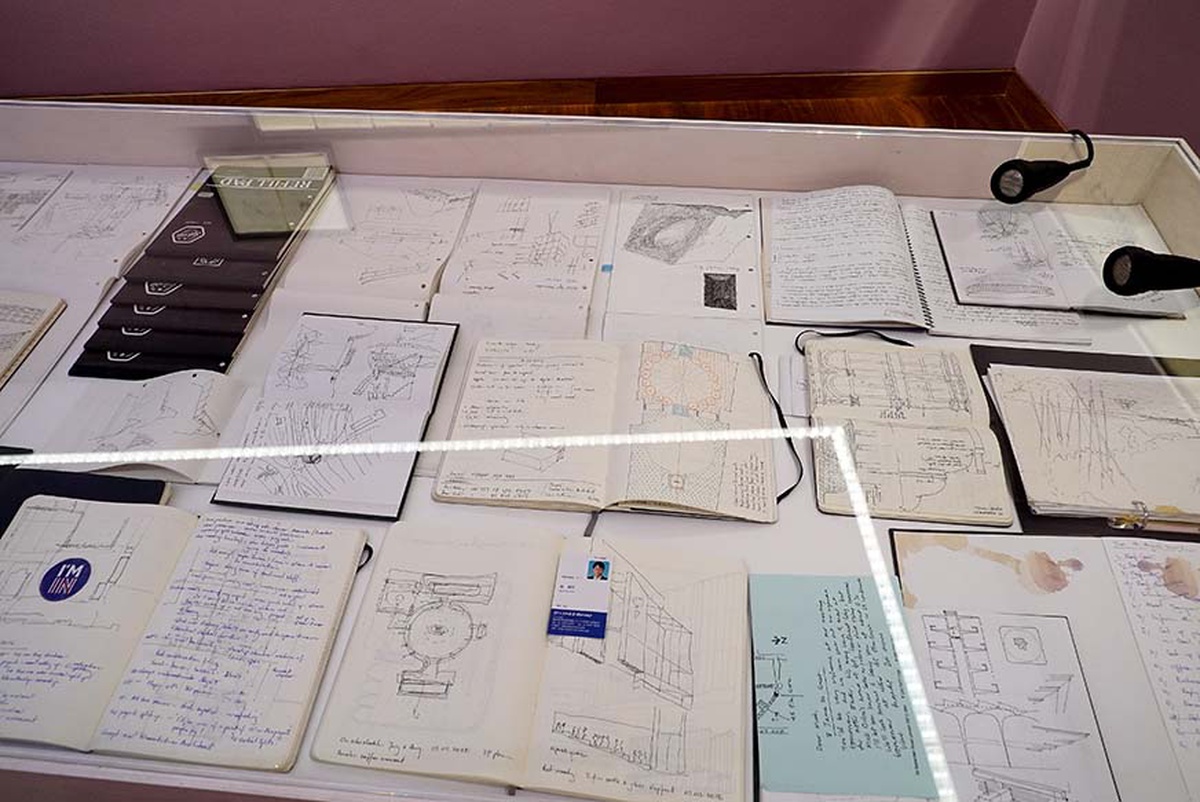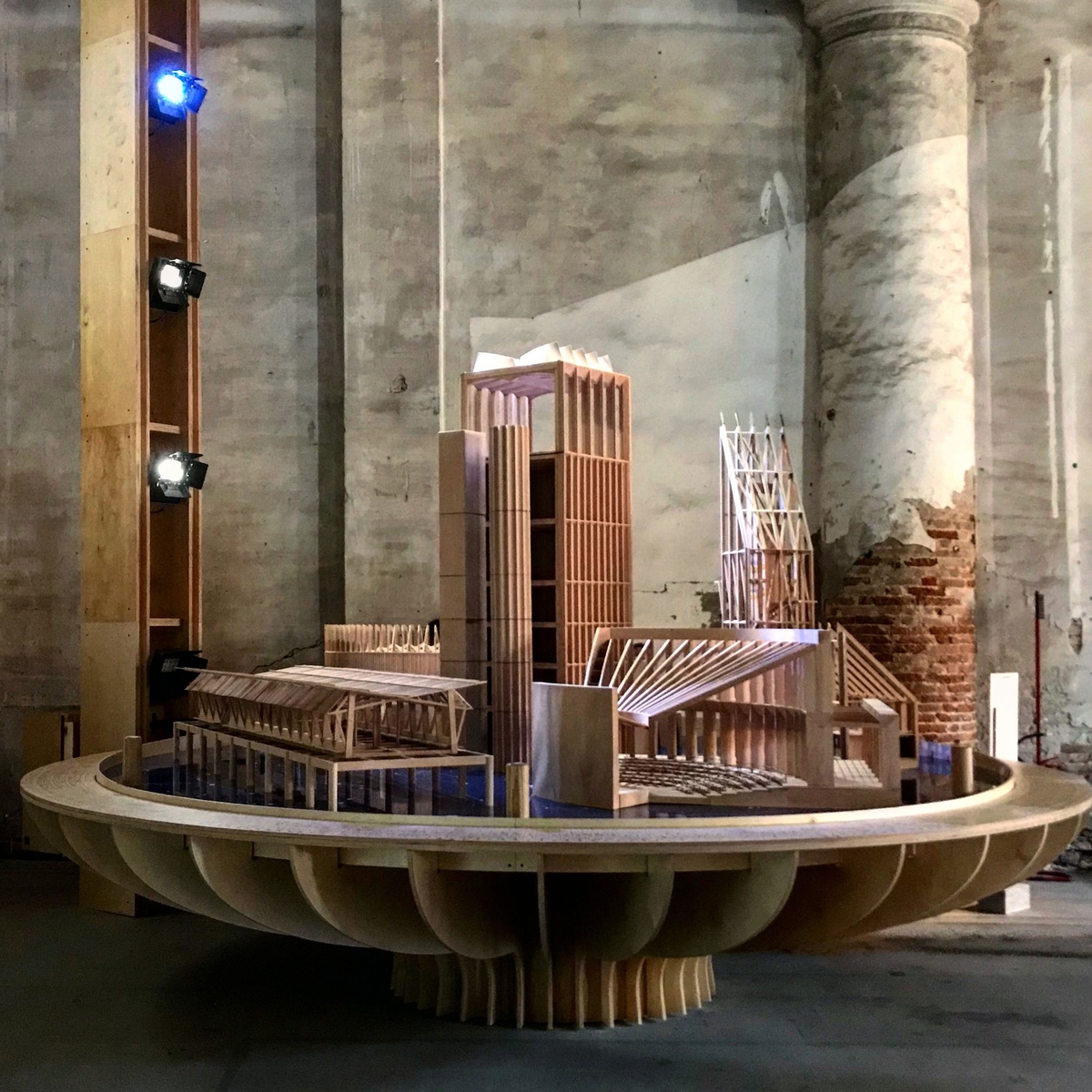GALWAY INTERNATIONAL ARTS FESTIVAL
JUNE 2018

On the 22nd July Niall will be giving a talk at the Galway International Arts Festival. Niall’s lecture will be based on The Ghost Chapel, a web–like structural negative of the existing St. MacDara’s Chapel constructed by the Bartlett’s Unit 17. Ghost Chapel will sit on Galway’s famous Claddagh Basin with the accompanying exhibition Taking Time on show within the Festival Hub at the Festival Gallery. The festival runs from the 16th – 29th July.
OPENING LINES: SKETCHBOOKS OF TEN MODERN ARCHITECTS
JUNE 2018

From 30th June, some of Níall’s sketchbooks will be on display in Berlin as part of an exhibition at the Tchoban Foundation, Museum for Architectural Drawing. The exhibition presents a variety of sketchbook and sketch practices by architects whose built work has been largely formed through drawing by hand on paper. Curated by Dr Tina di Carlo and Dr Olivia Horsfall Turner, with Niall Hobhouse, it includes sketchbooks from Hans Poelzig, Le Corbusier, Alberto Ponis, Adolfo Natalini/Superstudio, Álvaro Siza, Tony Fretton, Marie-José Van Hee, Peter Märkli and Riet Eeckhout.
Please click here to go to the Tchoban Foundation site.
BIENNALE ARCHITECTTURA 2018
JUNE 2018

The 2018 Venice Biennale opened to the public on the 26th May. This year’s theme “focuses on architecture’s ability to provide free and additional spatial gifts to those who use it and on its ability to address the unspoken wishes of strangers”.
Our contribution is a collection of six large-scale models, each representing a hall for gathering that the practice has designed. These models are placed upon a rotating table which is a calendar and a cosmic machine. Each hall has a different purpose yet they all bring people together in a rhythmic and cyclical fashion daily, weekly and annually. The specific uses of each building are regulated by a calendar of events, rituals and times of congregation. Their calendars are inscribed on the outer rim of a turning table. The table can be rotated by hand. When you turn it, varying light falls upon the models representing the passage of the sun through the day from dawn to dusk. It is a manual and mechanical process.
The intention of presenting these models in this way is to emphasise the relationship between the enduring frames of the buildings and the endless procession of fugitive elements that pass through them periodically.


